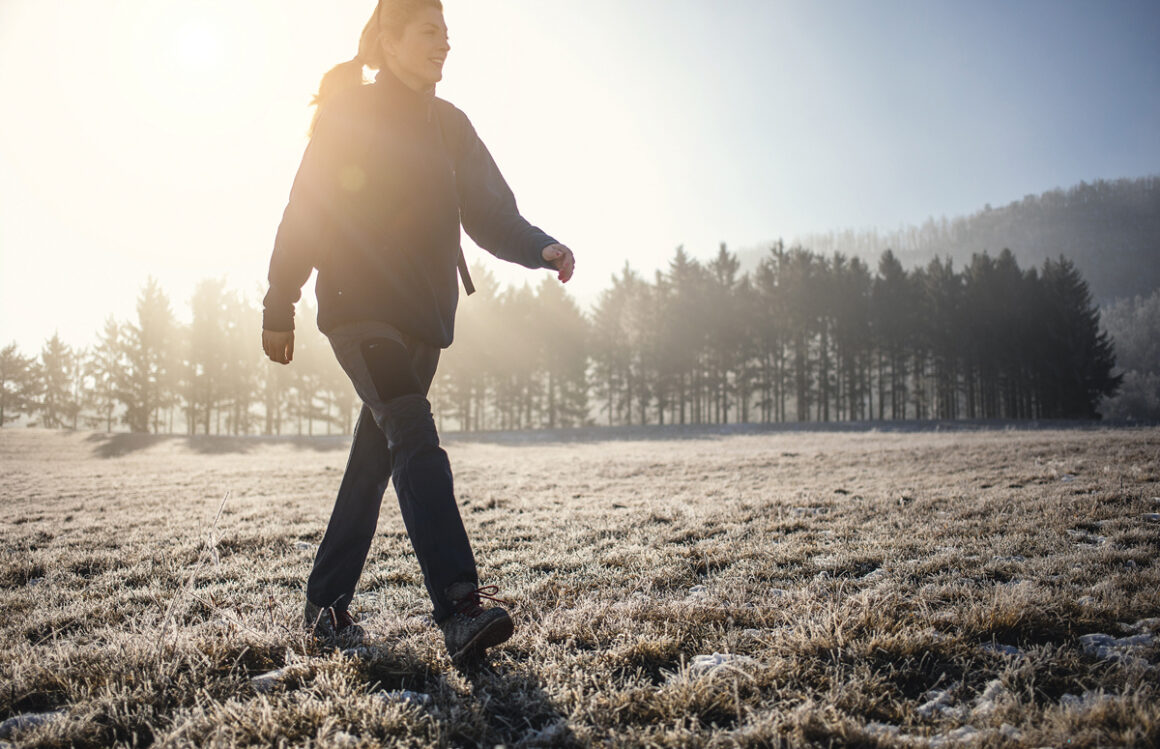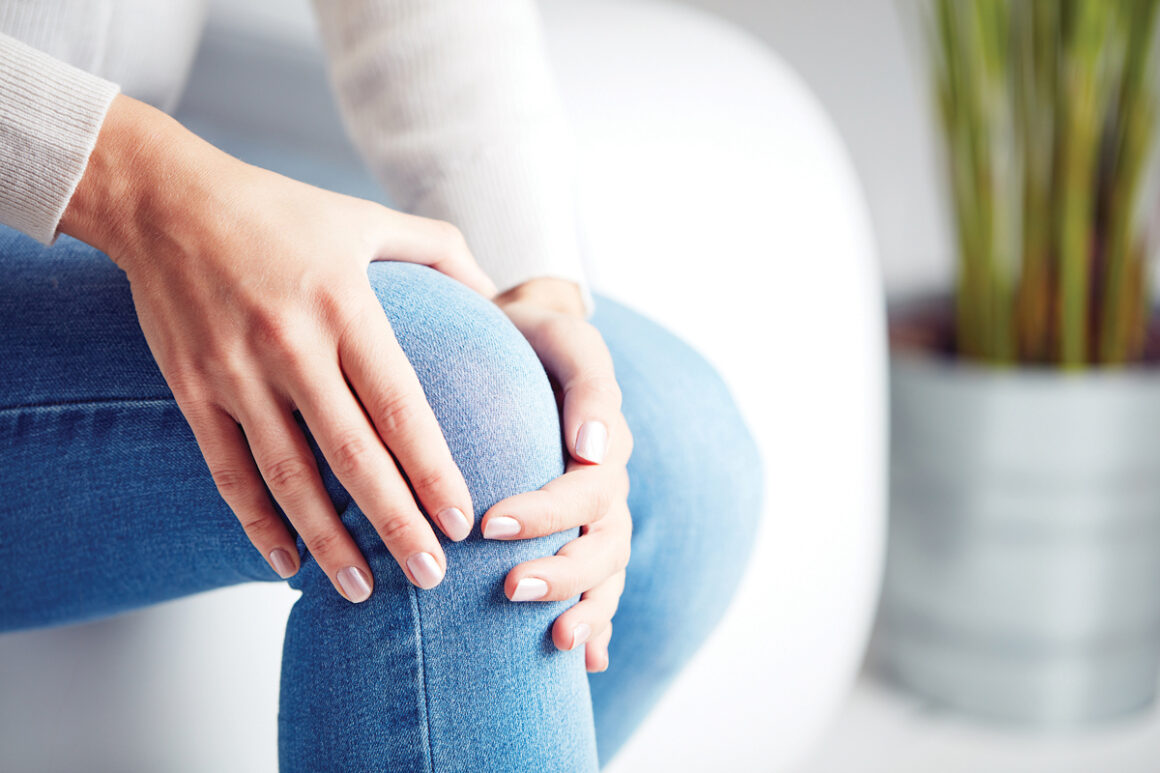Joint pain in winter: the cold facts
It’s undeniable that the colder months of the year can bring numerous joys: crisp winter walks, cosy log fires and captivating frost-dusted landscapes. For our bodies, however, they also bring a few inevitabilities: slower starts on freezing mornings, less vitamin D from sunlight, and for many people that suffer with joint pain or stiffness, exacerbated symptoms. The chilly weather can cause muscles to tighten up, and your hands, feet, back, knees or hips can feel tender, sore or even ‘creaky’. If you suffer from osteoarthritis, the most common form of arthritis, your joints can also feel inflamed and painful.

If you’re suffering in the lower temperatures, there are a few practical ways you can help to ease these aches and pains:
A joint-friendly diet
Omega‑3 oils found in oily fish can act as an anti-inflammatory on your joints. A Mediterranean-style diet which includes healthy oils such as olive oil, wholegrains, nuts and vegetables can reduce your joint pain.
Ensure you get enough Vitamin D
During the winter months, it’s important to get enough vitamin D. This can be achieved through your diet — egg yolk, cod liver oil and oily fish are all great sources — or taking the opportunity to go for a walk in any glimpses of winter sunshine.
Keep warm
Having warm showers and baths, sleeping with an electric blanket or using heating pads on your joints can help relax your muscles and reduce pain.
Take regular exercise.
From brisk walking and jogging to yoga, swimming, and strength-training, exercising for 150 minutes at moderate intensity each week can help.
Stay within a healthy weight limit
Being overweight can put added pressure on your joints. Even if you lose 10% of your weight, arthritis symptoms can be significantly improved.
Wear and tear
As part of daily living, your joints are exposed to a constant low level of damage. In most cases, your body repairs the damage itself and you don’t experience any symptoms.
In osteoarthritis, the protective cartilage on the ends of your bones starts to have permanent wear and tear, which can cause symptoms of pain, swelling and stiffness. Bony spurs can also form, which can feel like hard lumps around the joint and the joint lining — and connective tissue can also be affected.
Help and support to prevent and treat joint pain.
It’s wise to see a GP if your joint pain is getting worse and stopping you doing normal activities. They may refer you for physiotherapy or to a hospital for a scan. If conservative treatment options fail to provide relief, you may be recommended for joint replacement.
Benenden Hospital, Kent’s only CQC Outstanding private hospital, near Cranbrook, offers robotic assisted minimally invasive total knee replacement with the ROSA Knee System.
Combining precise sensors, live data and a robotic arm, the system helps increase the success of your surgery compared to a traditional knee replacement, supporting your surgeon in the placement of your new knee implant.
Robotic surgery is associated with reduced pain, quicker recovery times and a more tailored overall experience compared to traditional surgery. It offers an ultimately better fit and function through a customised surgical plan, enabling faster healing and quicker recovery of motion.
Benenden Hospital is the first in Kent to use this particular system and joins only a handful of hospitals nationwide employing the technology.
The ROSA Knee System is paired with a care management mobile app that helps support patients through their surgical preparation and recovery using smartphones and Apple Watch.

